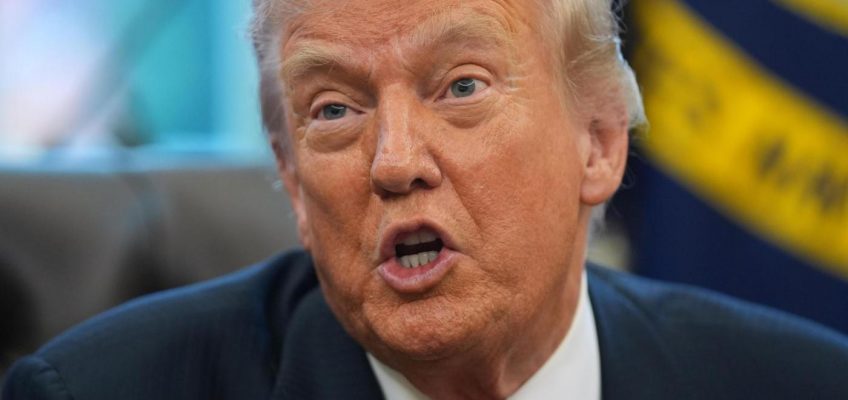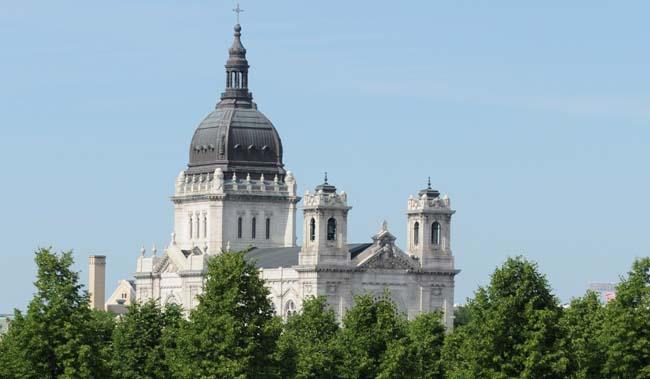By SEUNG MIN KIM
WASHINGTON (AP) — The White House is circulating a proposal that would extend subsidies to help consumers pay for coverage under the Affordable Care Act for two more years, as millions of Americans face spiking health care costs when the current tax credits are set to expire at the end of the year.
Related Articles
Sudan’s top general rejects US-led ceasefire proposal, calling it ‘the worst yet’
August trial set in case challenging Miami land transfer for Trump’s presidential library
Trump administration plan to reduce access to some student loans angers nurses, health care groups
Lawmakers question legality of Border Patrol license plate reader program
BBC leaders grilled by lawmakers over its standards after Trump threatened to sue
The draft plan suggests that President Donald Trump is open to extending a provision of Obamacare as his administration and congressional Republicans search for a broader policy solution to a fight that has long flummoxed the party. The White House stresses that no plan is final until Trump announces it.
The subsidies were at the heart of the Democrats’ demands in the government shutdown fight that ended earlier this month. Most Democratic lawmakers had insisted on a straight extension of the tax credits, which expire at the end of the year as a condition of keeping the government open.
Eligibility for the Obamacare subsidies, which were put in place during the COVID-19 pandemic to help people afford health care coverage, would be capped at 700% of the federal poverty level, according to two people with knowledge of the proposal. The people spoke to The Associated Press on condition of anonymity to discuss a White House proposal that is in draft form.
The baseline tax credits that were originally part of the Affordable Care Act were capped at 400% of the federal poverty level, but that cut-off was suspended because of the temporary COVID-era credits that allowed middle- and higher-income people to benefit from subsidies too.
The White House would also require those on Obamacare, regardless of the type of coverage, to pay some sort of premium for their Obamacare plans. That would effectively end zero-premium plans for those with lower incomes, addressing a concern from Republicans that the program has enabled fraud. One option is a requirement that everyone pay 2% of their income, or at least $5 per month, for lower-tier plans.
Even as the White House’s proposal remains in flux, the notion of extending any part of President Barack Obama’s signature legislative achievement is likely to rankle conservatives who have sought to repeal and replace the law for well over a decade.
“Until President Trump makes an announcement himself, any reporting about the administration’s health care positions is mere speculation,” White House spokesman Kush Desai said Monday.
White House press secretary Karoline Leavitt told reporters on Monday afternoon that Trump “is very much involved in these talks” and that he is “focused on unveiling a health care proposal that will fix the system and will bring down costs for consumers.”
But there are signs that parts of the nascent White House plan could get buy-in from Democrats. New Hampshire Sen. Maggie Hassan, one of eight members of the Senate Democratic caucus who voted to reopen the government earlier this month, said it “represents a starting point for serious negotiations.”
“The fact that President Trump is putting forward any offer at all to extend the Affordable Care Act’s tax credits shows that there is a broad understanding that inaction in this regard will cause serious harm to the American people,” Hassan said.
In 2017, Trump fell short in a push to dismantle the Affordable Care Act, an embarrassing defeat for Republicans who had just seized control of all levers of power in Washington. The GOP has failed to coalesce around a unified health care proposal since, and the expiration of the pandemic-era subsidies gives Trump and his party an opportunity to put their own stamp on the issue.
As the White House worked quietly on its plan, led by the Domestic Policy Council, key lawmakers on Capitol Hill have drafted their own proposals. For instance, Florida Sen. Rick Scott, Louisiana Sen. Bill Cassidy and others have proposed various ideas for redirecting the program’s spending on federal subsidies into health savings accounts that enrollees could use to shop for plans or defray out-of-pocket costs.
The draft of the White House plan would allow those in lower-tier plans, such as the bronze-level or catastrophic plans, to put money into health savings accounts.
It would also codify the “program integrity rule” to further help root out fraud, waste and abuse.
Americans shopping for Obamacare coverage have already faced the sticker shock of price hikes, because the window for selecting next year’s coverage began Nov. 1. Without congressional action, the average subsidized enrollee will face more than double their current cost in premiums next year, according to an analysis by the health care research nonprofit KFF.
Recent national polls have shown Americans are concerned about health care costs, along with broader affordability issues. Those concerns played out in elections earlier this month, which swept to power Democrats whose political messaging focused on the rising cost of living.
Associated Press writers Fatima Hussein in Washington and Ali Swenson in New York contributed to this report.




